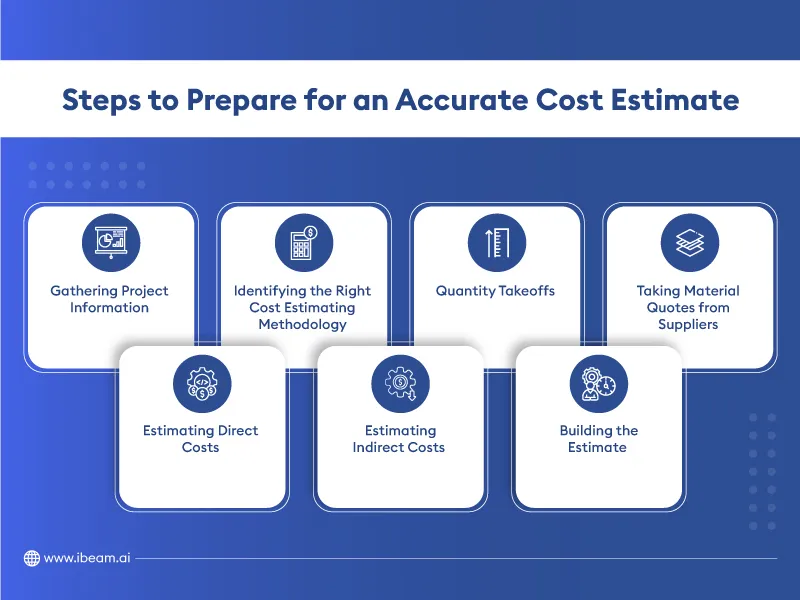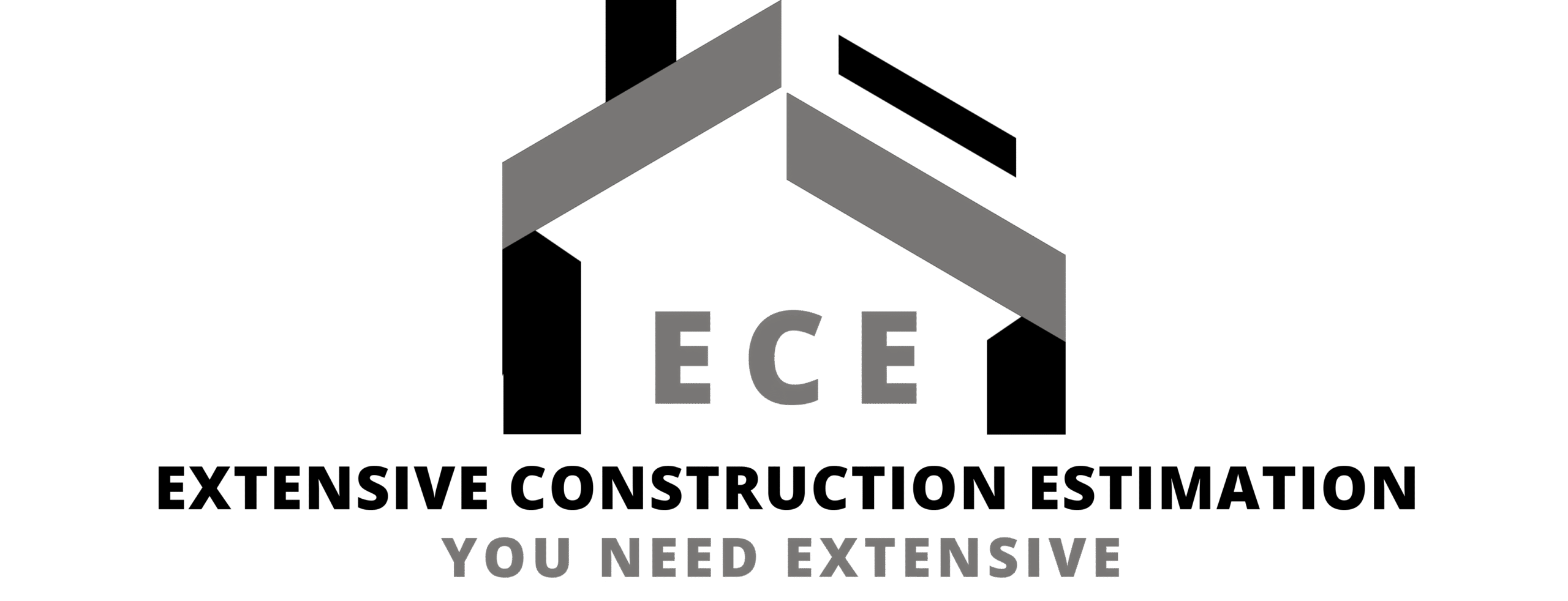
Construction Cost Estimating: A Complete Guide to Methods, Accuracy, and Best Practices
Estimated reading time: 15 minutes
Key Takeaways
- *Understanding the fundamentals drives accurate project forecasting.*
- *Different estimating methods cater to various project stages and details.
- *Leveraging the right tools and data reduces risk and surprises.
- *Standards and checklists ensure consistency and clear communication.
Table of Contents
- 1. What is construction cost estimating?
- 2. Key cost components
- 3. Estimating methods
- 4. The estimating process step-by-step
- 5. Tools and data sources
- 6. Factors affecting accuracy
- 7. Project type and delivery method
- 8. Cost structure standards
- 9. Common mistakes and avoidance
- 10. Mini walkthrough example
- 11. Checklists, templates, and quick wins
- 12. FAQs on construction cost estimating
- Conclusion and Next Steps
1. What is construction cost estimating?
Construction cost estimating is a formal way to plan and predict what a project will cost. It defines project scopes, minimizes cost overruns, and supports reliable budgeting from start to finish.
Benefits include:
- Owners gain predictable budgets and better cash-flow planning.
- Designers can align the design with the budget and enhance value engineering.
- Contractors are able to submit competitive bids with stronger buyout and control.
Different types of estimates are used depending on the project stage: budgetary, bid, and control estimates. Additionally, understanding AACE estimate classes helps clarify the level of detail from concept to final design.
2. Key Cost Components in Construction Cost Estimating
Good estimating separates direct costs from indirect costs.
Direct costs include:
- Labor – crews, hours, wages and overtime
- Materials – concrete, steel, wood, finishes, and MEP gear
- Equipment and subcontractor quotes for specialized trades
Indirect costs support the work and include general conditions, overhead, profit, insurance, bonds, and applicable sales/use taxes. Allowances and contingencies are set aside for undefined or unexpected expenses.
For further reading, visit the GAO Cost Estimating guide.
3. Estimating Methods in Construction Cost Estimating
Choosing the right method depends on data availability and timeliness. Common methods include:
- Order-of-magnitude: Uses historical data from similar projects; fast but less precise.
- Parametric: Based on cost per unit or assemblies; ideal for early design phases.
- Bottom-up: A detailed takeoff assigning unit prices line by line; best for bids and control estimates.
- Three-point: Uses probabilistic values (low, most likely, high) to assess risk and range.
Blend methods as needed; for example, combine parametric for overall costs and bottom-up for key trades. Refer to resources like AACE RPS and the GAO guide for more insights.
4. The Estimating Process Step-by-Step
Follow a clear process to enhance accuracy and reduce errors:
- Clarify scope, key assumptions, and document what is in and out.
- Review drawings and specifications to identify gaps and conflicts.
- Perform quantity takeoffs either manually or using digital tools. See this guide for detailed insights.
- Determine crews, productivity, and unit costs with realistic rates.
- Gather vendor and subcontractor quotes, ensuring consistent bid leveling.
- Adjust for location factors, market conditions, and add escalation as needed.
- Incorporate indirects, overhead, taxes, and bonds as per contract terms.
- Conduct a risk assessment and add appropriate contingency based on risk profiles.
- Undertake an internal peer review to validate the estimate.
- Prepare a detailed Basis of Estimate (BOE) documenting all assumptions and methodologies.
5. Tools and Data Sources for Construction Cost Estimating
Utilize the right software and data to boost efficiency:
- 2D takeoff tools for quick digital measurements.
- BIM-based 5D estimating to integrate cost, schedule, and model data.
- Integrated ERP/estimating software suites for end-to-end project integration (learn more).
Data sources include RSMeans cost databases, local supplier quotes, and historical project data for calibrating estimates.
6. Factors Affecting Accuracy in Construction Cost Estimating
Several key factors influence the final estimate:
- Design maturity and clarity of scope.
- Market and labor conditions including local wage trends.
- Productivity impacts due to logistics, weather, and site conditions.
- Escalation factors and inflation affecting material and labor costs.
For more details, visit this resource and review related market analyses.
7. By Project Type and Delivery Method
Estimates vary by project type:
- Residential – cost per square foot influenced by finishes and MEP complexity (reference guide).
- Commercial – core and shell versus tenant build-out create different cost challenges.
- Infrastructure – heavy civil projects require detailed materials and equipment considerations.
Delivery methods such as Design-Bid-Build, Design-Build, and Construction Manager at Risk significantly influence estimating accuracy and risk-sharing.
8. Cost Structure Standards and Formatting
Utilizing standards like CSI MasterFormat and UniFormat provide consistency. A well-documented Basis of Estimate (BOE) and an organized Work Breakdown Structure (WBS) make estimates easy to compare and control.
Refer to the CSI MasterFormat and UniFormat standards for further guidance.
9. Common Mistakes and How to Avoid Them
Frequent errors include:
- Scope traps: Misreading drawings or missing key items. Use checklists and define boundaries.
- Double counting: Overlapping items; ensure clear line item ownership.
- Omissions: Forgetting small components like fasteners and permits.
- Outdated data: Relying on old prices or wage rates.
- Ignoring escalation: Not adjusting for future market changes.
For more insights, see the GAO guidelines on estimating.
10. Mini Walkthrough Example in Construction Cost Estimating
For a small commercial build-out (2,500 sq ft office), consider these high-level figures:
Assumptions: Existing shell, mid-market finishes, non-union rates, and a duration of 12 weeks starting in 6 months.
- Partitions: 1,000 LF at $55/LF (~$55,000)
- Doors: 12 units at $1,200 each (~$14,400)
- Paint: 7,500 SF at $1.50/SF (~$11,250)
- Carpet tile: 2,500 SF at $6.50/SF (~$16,250)
- Lighting, Power, HVAC, etc.: Additional allowances totaling approximately $80,000
Adding direct costs, general conditions, insurance, overhead, escalation, and contingency leads to an approximate total estimate of ~$240,000 with a ±10% accuracy range.
11. Checklists, Templates, and Quick Wins
Use these tools to streamline your estimating process:
- Estimator’s checklist for scope, takeoff, pricing, and risk identification.
- A simple BOE template outlining project info, assumptions, exclusions, and cost breakdown.
- Bid leveling sheets to compare sub-bids side-by-side.
- Regular calibration of cost databases for up-to-date pricing.
For additional tips, check out this comprehensive guide.
12. FAQs on Construction Cost Estimating
Q: How much contingency should we carry per design phase?
A: Early phases (Class 5–4) may require 15–30%, mid phases (Class 3) 10–20%, and late phases (Class 2–1) around 5–10%, adjusted based on risk and project specifics.
Q: What differentiates a budget estimate from a bid estimate?
A: A budget estimate is used for setting funding during the design phase and may include parametric data, while a bid estimate is highly detailed with line-item takeoffs used to submit a firm price.
Q: How often should cost data be refreshed?
A: In volatile markets, update cost data at least quarterly; semi-annually in stable markets, and always before major bids or GMP decisions.
Q: How do we address price volatility and supply chain risks?
A: Mitigate risks by obtaining multiple quotes, incorporating escalation factors, and including both contingency and allowances for items at risk. Refer to additional insights at AACE’s resource and the GAO guide.
Conclusion and Next Steps
This guide has provided a comprehensive overview of construction cost estimating, encompassing the core concepts, methodologies, and processes essential for accurate and reliable estimates.
Utilize the checklists, BOE template, and industry standards to refine your estimates. Remember to regularly update your cost data and document all assumptions for ongoing improvement.
For further details and supplementary templates, visit this resource and share it with your team to strengthen project outcomes.
Strong construction cost estimating is a habit. Start now, keep improving, and take control of your project costs.
